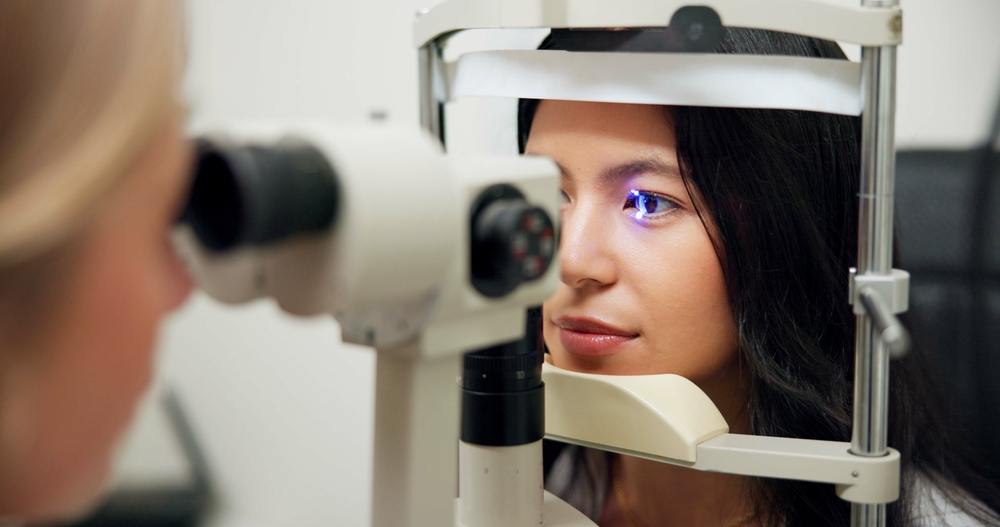
Imagine reading a recipe and realizing the words have started to blur. For many patients with diabetes, this is not just a frustrating moment; it is a warning sign. Diabetic eye disease often creeps in silently, stealing vision before you notice changes.
You might wonder, “Why get an eye exam if my vision feels fine?” That is precisely why these exams matter. Learn what they involve and why skipping them risks more than your sight. Remember, a simple checkup could save your vision.
What Makes Diabetic Eye Exams Different?
A standard eye test checks if you need glasses, but a diabetic eye exam digs deeper. Eye doctors use special tools to photograph your retina, the light-sensitive layer at the back of your eye. They look for tiny leaks, swelling, or abnormal blood vessels. These are early signs of diabetic retinopathy, a leading cause of adult blindness.
These changes rarely cause symptoms at first. When you notice floaters or blurred vision, damage may be advanced. Yet, early treatment can slash severe vision loss risk. Annual exams are non-negotiable, even if your eyes feel healthy.
The Silent Threat: How Diabetes Harms Eyes
High blood sugar weakens blood vessels in the retina. Some vessels leak fluid, causing swelling (macular edema). Others close off, starving the retina of oxygen. In response, the eye grows fragile new vessels that bleed easily. Left unchecked, this cycle can detach the retina or trigger glaucoma.
What Happens During the Exam?
Dilation — Drops widen your pupils, letting the doctor see your retina clearly. Your vision stays blurry for a few hours afterward, so it is best to plan a ride home.
Imaging — A retinal camera takes detailed photos. Some clinics use optical coherence tomography (OCT) to create 3D retina maps.
Pressure Check — A quick puff of air tests for glaucoma, which diabetes raises the risk of.
The whole process takes 30–60 minutes. You will likely experience mild discomfort, but tell your doctor if bright lights bother you.
How Often Should You Go?
For Type 1 diabetes, get an eye exam within five years of diagnosis. For Type 2, schedule an exam right after diagnosis. Pregnant women should have exams before and during each trimester.
Annual visits are important even if your last exam was clear. Retinopathy can worsen quickly during illness or stress.
Fear of Bad News? Here is The Hope
It is normal to dread exams. But catching issues early means more options. Injections like aflibercept can shrink leaky vessels, and laser therapy seals damaged areas. New treatments, like sustained-release implants, reduce how often you need shots.
Beyond the Exam: Daily Habits That Help
Control blood sugar — A1C below 7% slows retinopathy progression.
Check blood pressure — Aim for under 140/90 mmHg to protect eye vessels.
Quit smoking — Smokers with diabetes triple their retinopathy risk.
Wear sunglasses outdoors, as UV rays strain already vulnerable eyes.
Diabetic eye exams are not about “passing” or “failing.” They are a roadmap to protect what you cherish. After all, reading bedtime stories, driving to work, and seeing loved ones’ smiles are things you do not want to lose. Modern treatments work best when started early, and skipping exams robs you of that head start.
For more on diabetic eye exams, visit Dr. Timothy P Kenkel and Associates at our Cincinnati, Ohio, office. Call (513) 951-8100 to request an appointment today.








